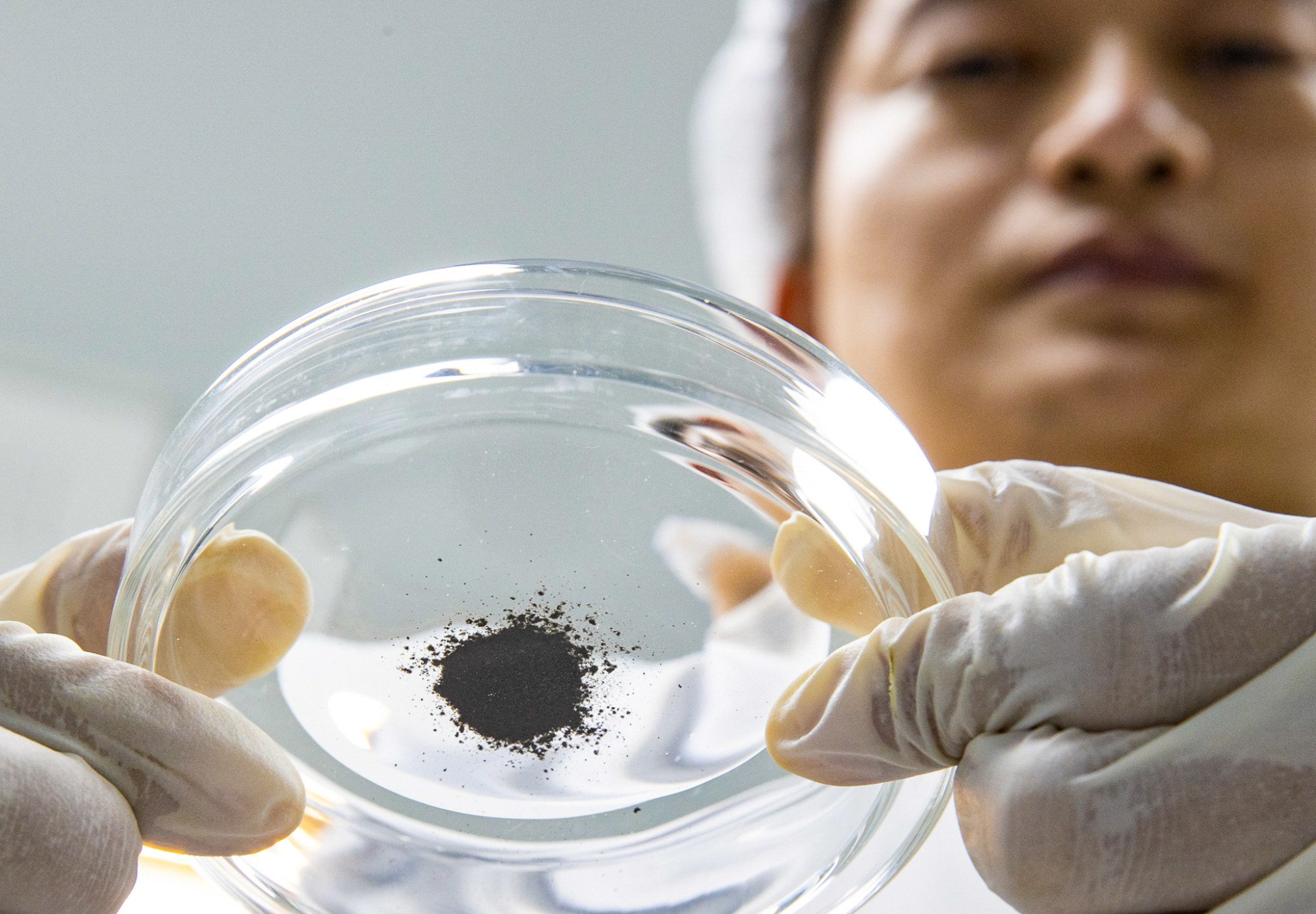The magnetic field persisted well into its middle age, extending far beyond when it was believed to have vanished.
Scientists have discovered that the moon's magnetic field, measured to be two to four microteslas two billion years ago, was less than 10 percent of the current strength of Earth's magnetic field. This information was released in an article in the Science Advances journal on Thursday.
The Earth itself had a robust magnetic field at the time. Around 3.6 to 3.8 billion years ago, it's believed the magnetic field was very weak. Doyle's research sought to calibrate solar wind data using the weak field.
Our new platform of carefully selected content with explanations, frequently asked questions, analyses, and infographics is presented to you by our team of award-winning experts.
It is likely that the weak, but enduring, magnetic field was likely generated by long-term processes inside the moon, such as the formation of its core or the interactions between its core and mantle, as stated by planetary scientist Benjamin Weiss of the Massachusetts Institute of Technology, who was not involved in this study.
These processes would have sustained the moon's magnetic field generator, commonly referred to as the lunar dynamo, for tens of millions of years.
"The moon goddess's elixir appears to have proven effective," Weiss stated in a review article breaking down the results. He was referring to the Chang'e missions, which were inspired by the goddess who sought refuge on the moon after stealing an elixir of immortality from the gods.

The findings indicate that the persistent magnetic field may have protected the moon's surface from solar radiation, potentially retaining volatile compounds such as water.
Gaining such a detailed understanding of the moon's magnetic past can provide significant insights into the evolutionary journey and potential habitability of planets.
Past Apollo missions suggested its presence over three billion years ago, potentially outperforming Earth's current magnetic field, which spans from 25 to 65 microteslas.
.
However, it remained uncertain the length of time that the lunar dynamo persisted.
Addressing this issue with American Apollo samples has been challenging due to their somewhat outdated age, coarse iron particles that poorly retained magnetic signals and several other limitations, Weiss noted.
missions five decades ago.
For this study, the researchers chose nine small basalt samples - each measuring 3-8mm (0.1 to 0.3 inch) in length and weighing no more than 0.3 grams (0.01 ounce).
The fragments behaved like ancient magnetic recorders, keeping the magnetic field as it existed when the rocks were formed billions of years ago. The researchers then extracted the ancient magnetic signals using advanced laboratory methods.
"When it comes to magnetism, small sample sizes produce very weak signals that necessitate laborious, exhaustive laboratory work," said lead author Cai Shuhui, a colleague of Mitchell's at the Institute of Geology and Geophysics.
"They were just perfect," she said.
The magnetic strength of two to four microteslas starkly contrasted with the significantly stronger fields of the Moon's early history, reaching tens of microteslas.
Research suggests the Earth's magnetic field is remarkably more powerful than originally thought.
"A magnetic field produced in the moon's core implies that its deep interior was still warm and dynamic enough to account for the mysterious late volcanic activity seen in the young samples collected by the Chang'e-5 mission," Mitchell stated.
More Articles from SCMP
“Citizen Runner’s” result was not reported or disclosed.
Condolence groups assemble at Hong Kong mosque to pay last respects to victims of car accident.
Silence on stage: China's film industry struggles to maintain significance in a shifting media environment
China's government employees to receive delayed salary increase, but will the move have a positive impact on the economy?
This article originally appeared on the South China Morning Post (www.scmp.com), the leading news media outlet reporting on China and Asia.
Copyright (c) 2025. South China Morning Post Publishers Ltd. All rights reserved.